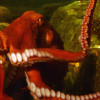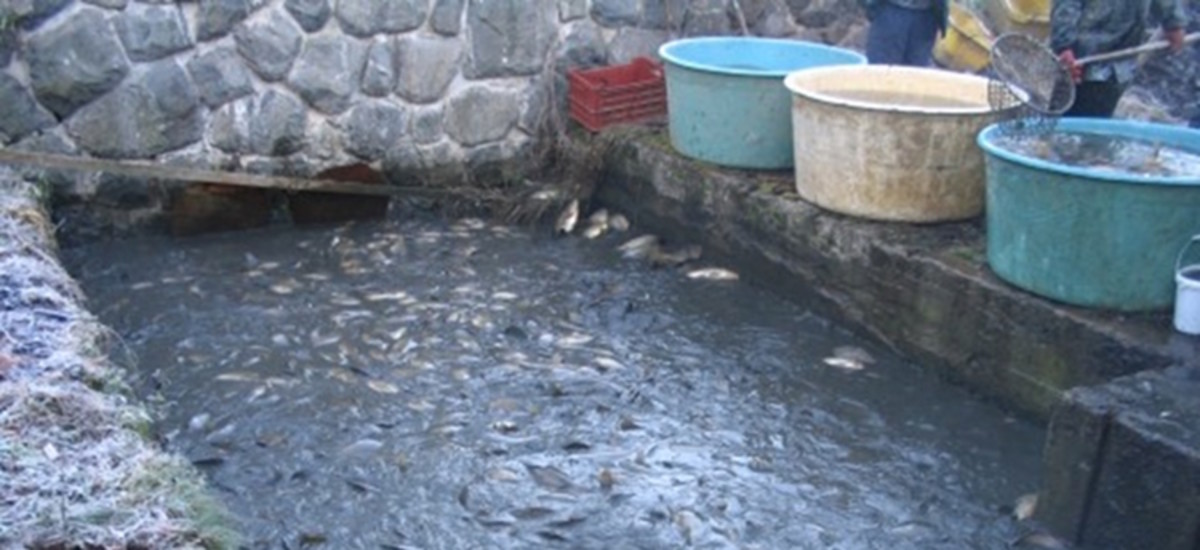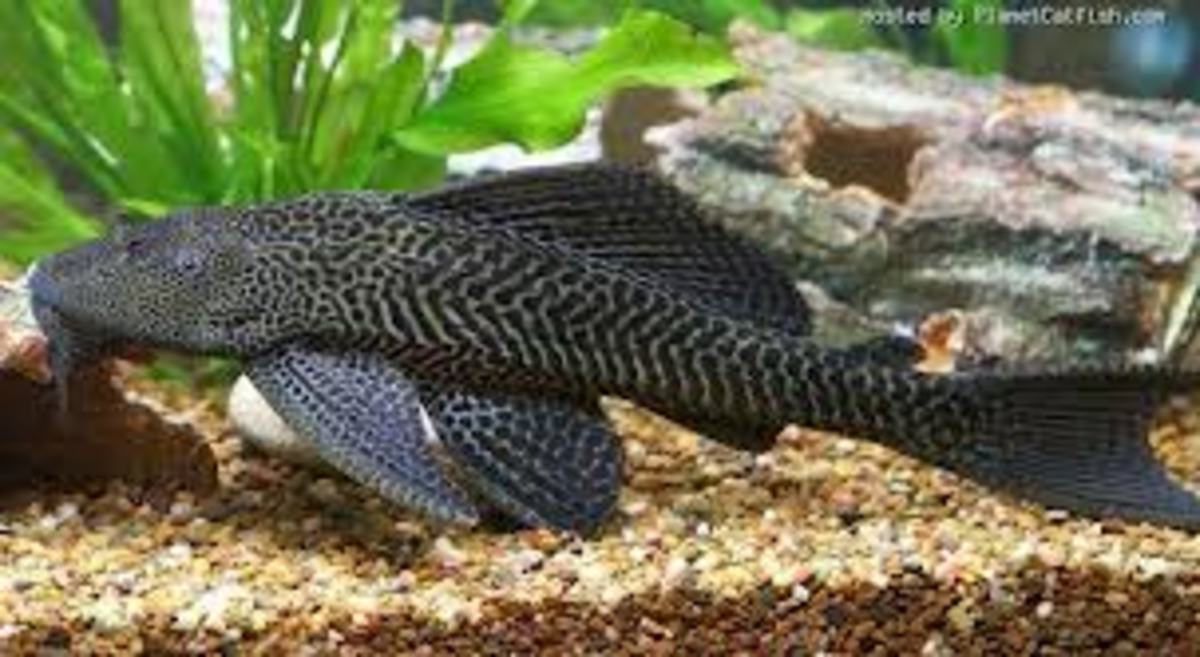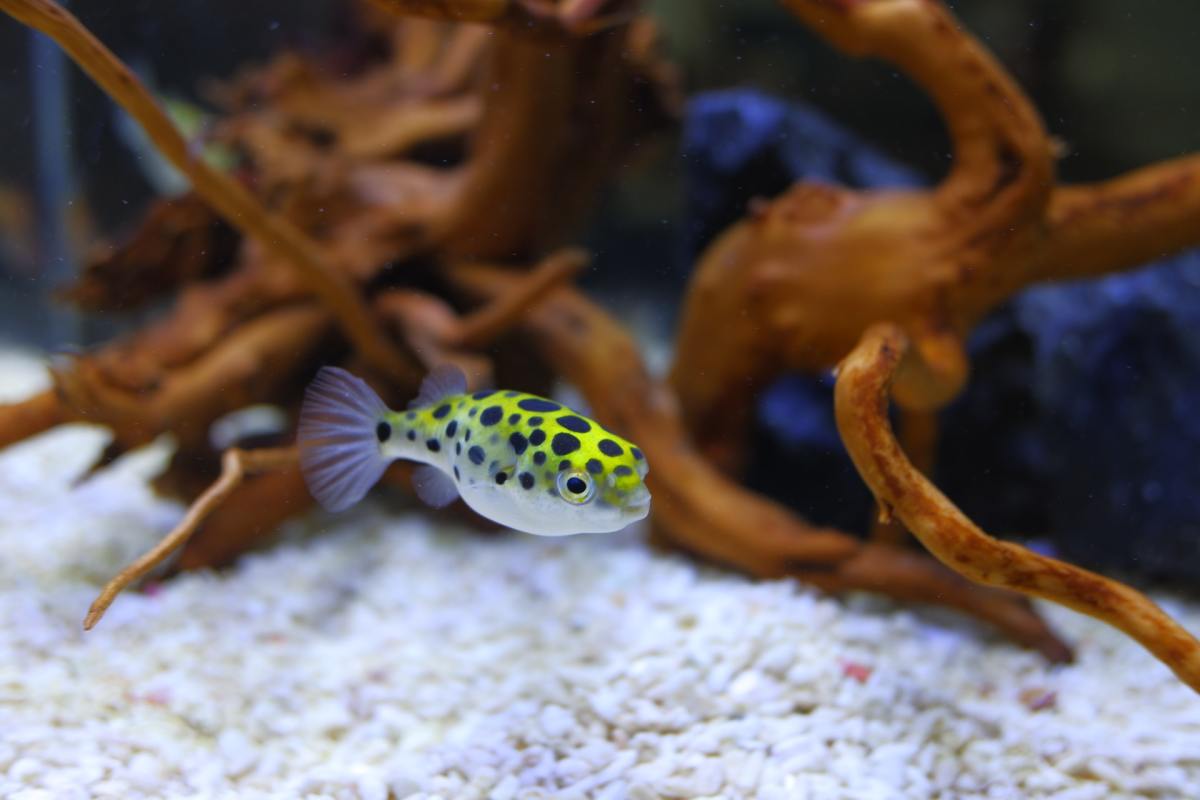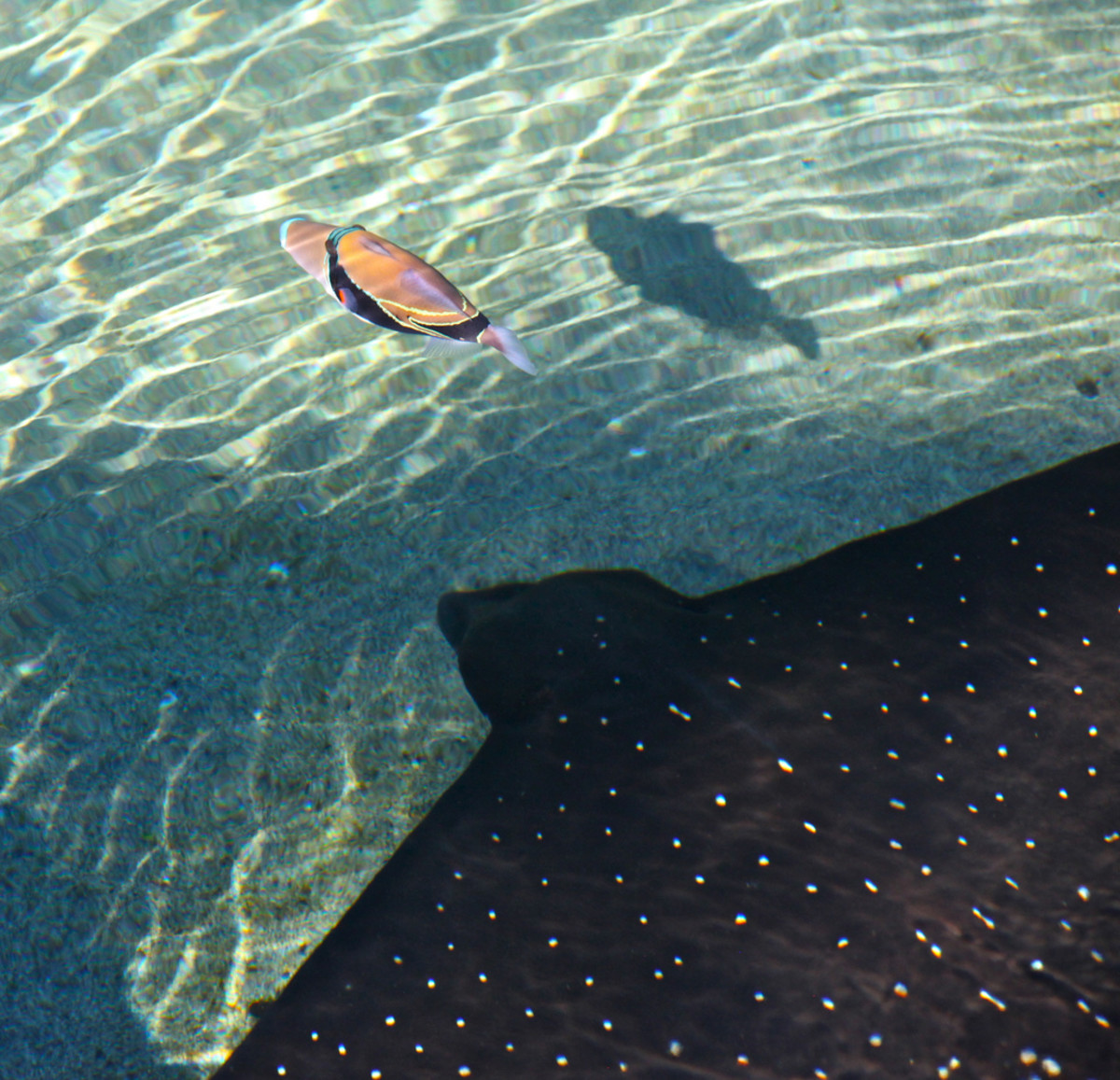How to Stock a Sustainable Reef Aquarium

Why the Source of Your Livestock Matters
Reefkeeping can be one of the most beautiful and interesting hobbies. We cultivate miniature underwater gardens in our living rooms and learn about animals and environments many of us will never have the chance to experience firsthand. Keeping a reef aquarium can ignite a child's interest in marine biology and be a positive force for conservation and education.
However, it can be very easy to forget that the animals in our tanks didn't just spring into existence for our benefit. They evolved in a diverse and delicately balanced ecosystem, and if we are reckless in our collection we can play a part in destroying what we love. In some parts of the world, collections for the home aquarium industry have decimated local reefs, threatening the survival of these fragile environments.
Aquaculture and Mariculture
We don't have to decimate wild reefs to have vibrant and interesting captive reefs. Especially in the past few years, marine aquaculture and mariculture have proliferated. From large commercial operations to small frag tanks, it's possible to stock a tank using completely sustainable livestock.
Aquaculture refers to the practice of raising and breeding livestock in artificial tanks. Mariculture is similar, but rather than raising the livestock in a tank, it is instead raised in a protected part of the ocean itself.
Both practices are much better for the environment than wild harvesting, though aquaculture is perhaps a bit more desirable in my opinion. Mariculture removes a potential habitat and replaces it with a commercial operation; in addition, any chemical additives the growers may use to encourage coral growth could and probably would end up in the open ocean.
In addition to being more sustainable, aquacultured specimens are better adapted to the aquarium environment. They tend to live longer and behave better than their wild-caught counterparts, and they are much easier to take care of. Aquacultured fish are already used to eating aquarium foods, such as flakes, pellets, and frozen foods; wild-caught fish are often confused by these foods and sometimes refuse to eat them.
You're not limited to dull and drab livestock if you choose to keep a sustainable captive reef. Many vibrant species are now being actively bred and raised in captivity, providing aquarists with many choices for stocking their tanks.
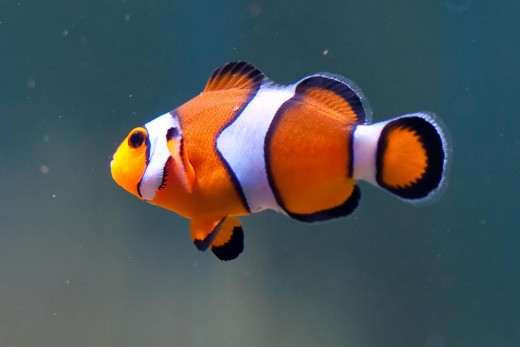

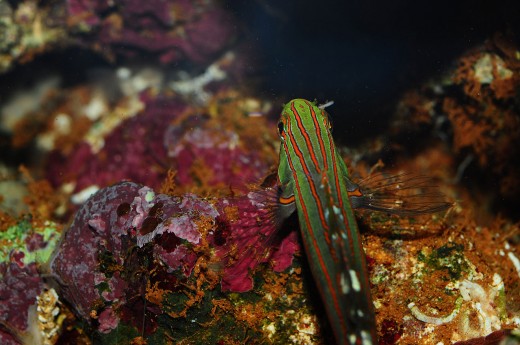

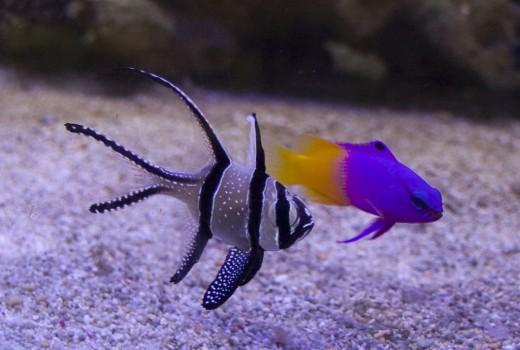
Aquacultured Fish
There are many popular and beautiful aquacultured fish. You don't have to settle on drab and uninteresting fish to set your conscience at ease. Here are just a few of the many alluring aquacultured fish you can keep in your reef aquarium:
Clownfish
While there are many species of clownfish, almost all of them can be and have been raised in captivity. Clownfish make ideal aquacultured fish; in the right conditions, the parents spawn several times a year. With the proper care, many of their fry survive to adulthood. You can find black-and-white ocellaris clownfish, Clarkii clownfish, and more.
Banggai Cardinalfish
The Banggai Cardinalfish was one of the first fish to be successfully raised in captivity. These attractive black-and-white fish are native to a small portion of the ocean and are actually threatened in their native habitat, in large part due to overcollection for the aquarium trade. Never buy a Banggai for your tank unless it has been aquacultured.
Rainford's Goby
Rainford's Goby, also called the Court Jester Goby, is a charming little fish great for any peaceful aquarium. They're very colorful, and are also a beneficial fish for your aquarium. Court Jester gobies are one of the only species of fish that will eat filamentous green algae. If you've ever had any outbreaks of this algae, you know how annoying it can be to keep the stuff under control. Don't keep these fish in aggressive tanks, however; they are very shy and are easily bullied.
Spotted Mandarin
The Spotted Mandarin, and its cousin the Blue Mandarin, have only recently been aquacultured. These fish are challenging for even expert aquarists, but their psychedelic coloration makes them very rewarding for the successful aquarist. These captive-bred specimens, which are only available through ORA at the moment, hold another advantage over wild-caught mandarins. Mandarins are notoriously picky and difficult eaters; most need a tank with a deep sand bed and a healthy copepod population in order to survive. The aquacultured specimens, however, have been trained to take commercially-available pellet and frozen foods, making them much easier to keep.
Royal Gramma
Royal grammas make excellent beginner fish. You don't have to compromise on attractiveness or temperament with this fish; it looks like a bicolored dottyback but without the attitude to match. These are relatively peaceful fish that get along with almost anything, but they have enough backbone to stand up to most tank bullies. This, along with a firefish, was one of my first two fish. Sadly, he succumbed to a disease after we had a record heat wave.
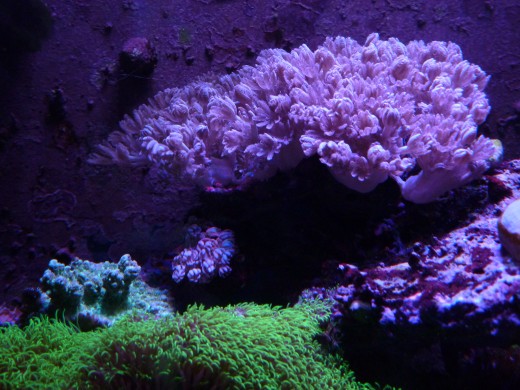
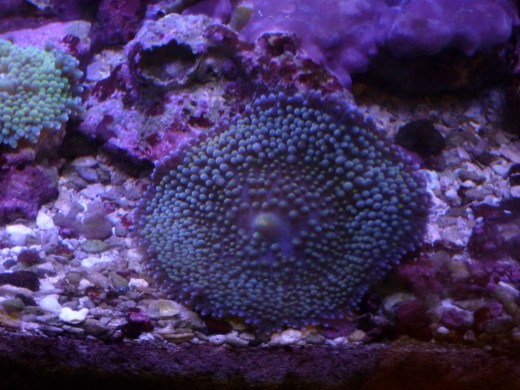
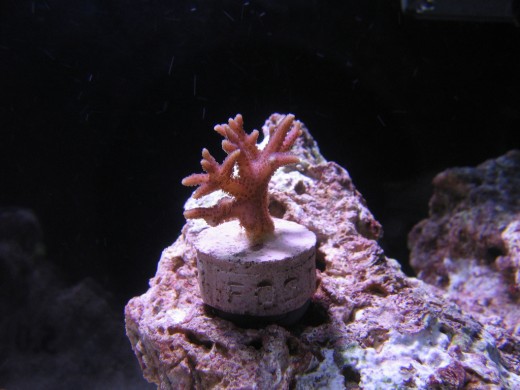
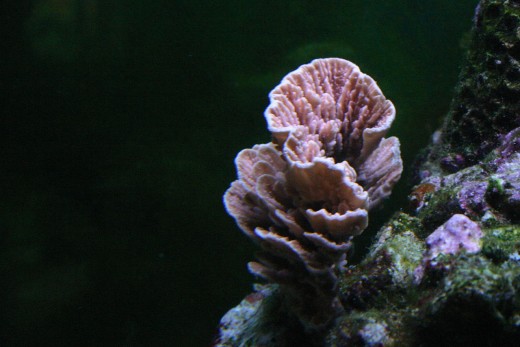
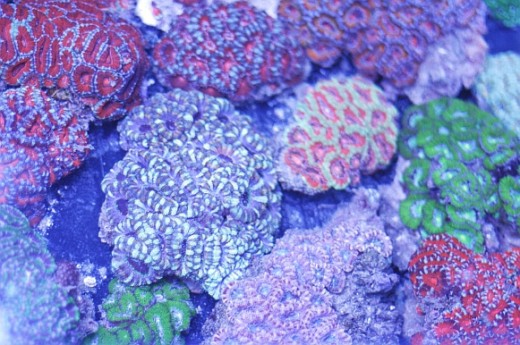
Aquacultured Corals
Almost any coral can be propagated in captivity. In fact, it's practically a necessity to trim down corals from time to time. The trimmed coral pieces are still alive and are capable of completely regrowing over time, so many hobbyists attach these coral pieces to rocks or plugs and sell or give them to other aquarists. This process is known as fragging, while the small pieces are called frags. Coral frags are a responsible way to stock your aquarium. They also tend to be cheaper than big wild-harvested show pieces.
Pom-Pom Xenia
Also called waving-hand Xenia , this polyped coral is a great starter coral and one of the easiest to find aquacultured. In fact, it's so easy to grow this coral that many aquarists simply give Xenia away. This coral grows very fast in a wide variety of water and light conditions. The polyps display a characteristic pulsing motion, which gives the coral its nickname.
Ricordea sp.
Though they share a name with mushroom corals, Ricordea aren't terribly similar to mushroom corals. This is a peaceful low-light coral that can have some pretty impressive coloration. They'll accept small food, and will periodically reproduce via fission if conditions are right.
Seriatopora sp.
Also called bird's nest coral, Seriatopora are attractive and fast-growing small-polyped stony corals. These corals thrive under many different lighting conditions, and many have contrasting color patterns. The small polyps almost seem to float above the coral's skeleton, making it look like it's been dusted with bright vibrant colors.
Montipora sp.
Montiporas come in many different sizes, shapes, and colors. Like Seriatopora, Montipora are fast-growing and hardy. Whether you enjoy the branched look of Montipora digitata, the spiraling look of Montipora capricornis , or the plated look of Montipora undata , these corals are simply gorgeous. As with many other stony corals, it's possible to have contrasting colors between the skeleton and the polyps. Montipora are fairly light-hungry, however.
Acanthastrea sp.
Acanthastrea corals are relatively new to the captive reef scene, but there are already plenty of aquacultured options for this large-polyped stony coral. Acanthastrea come in some truly stunning color patterns. While not as easy to frag as some of the other corals, these corals respond well in captivity and grow fairly quickly for a large-polyped coral. They do need to be fed regularly, however.
Be Responsible
This is just a small selection of all the aquacultured options available on the market today. With so many excellent choices, it's possible to have a captivating reef tank without removing a single animal from the wild.
When selecting livestock from your local fish store, be sure to ask where the animal was collected. If the answer isn't, "It was grown in captivity," think twice before supporting the collection of wild animals. Reef keeping is a beautiful hobby, but no captive reef is worth destroying real reefs. With all the challenges reefs face today, we don't need to add ornamental overcollection to their burdens.
